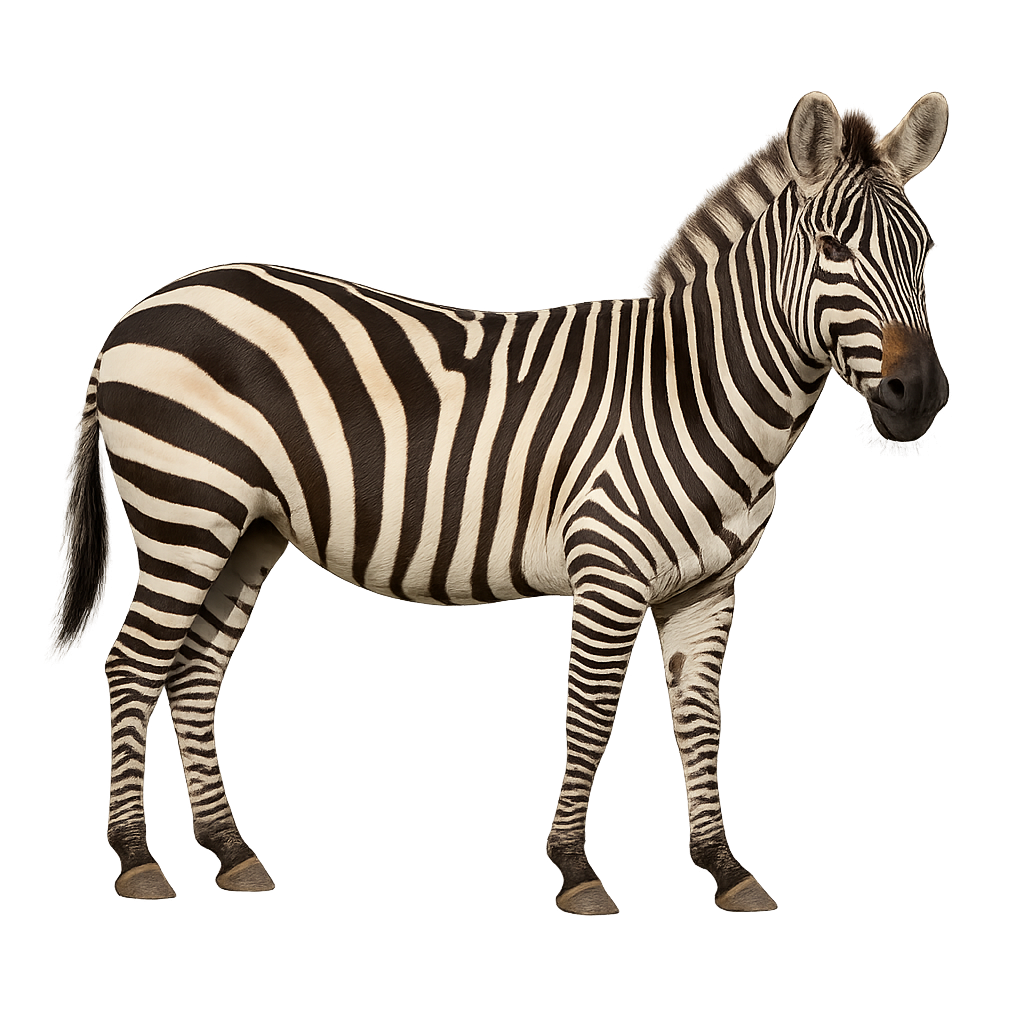Your wildlife photography guide.
Explore the plain zebra in detail, study its behavior, prepare your shots.
Where to observe and photograph the plain zebra in the wild
Learn where and when to spot the plain zebra in the wild, how to identify the species based on distinctive features, and what natural environments it inhabits. The WildlifePhotographer app offers tailored photography tips that reflect the plain zebra’s behavior, helping you capture better wildlife images. Explore the full species profile for key information including description, habitat, active periods, and approach techniques.
Plains Zebra
Scientific name: Equus quagga

IUCN Status: Least Concern
Family: EQUIDAE
Group: Mammals
Sensitivity to human approach: Suspicious
Minimum approach distance: 50 m
Rut period: December to March
Gestation: 360-390 jours
Births: December to January
Habitat:
Savannas, open grasslands, and woodlands
Activity period :
Primarily active during the day, with peak activity in the morning and late afternoon.
Identification and description:
The Plains Zebra is one of the most common zebra species, primarily found in the grasslands and savannas of East and Southern Africa, notably in Kenya, Tanzania, South Africa, and Botswana. It typically measures between 2.3 and 2.5 meters in length and weighs between 300 and 400 kg. Its coat consists of black and white stripes that cover its entire body, with each individual having a unique stripe pattern. The Plains Zebra primarily feeds on grasses and vegetation, and lives in large social groups often led by a dominant male. While its population remains relatively stable, it is sometimes threatened by habitat loss, human-wildlife conflict, and diseases transmitted by livestock.
Recommended lens:
300 mm – adjust based on distance, desired framing (portrait or habitat), and approach conditions.
Photography tips:
Approach slowly and discreetly, using a telephoto lens to avoid disturbing the plains zebra, which can be quite vigilant and react quickly to any sudden approach.
Photograph early in the morning or late in the afternoon, when the light is soft, and the zebra is more active, often grazing or moving in groups.
Capture moments of natural behavior: The plains zebra is often seen in herds, offering unique opportunities to photograph social interactions, group portraits, or moments of group dynamics.
Be patient and respectful: While plains zebras are relatively accustomed to human presence in parks and reserves, remain discreet and wait for moments when they are comfortable and more visible.
The plains zebra is a species of minor concern, but it is always important to respect its natural space. Do not disturb its social or feeding behaviors, and follow local conservation rules to preserve this species and its habitat.
The WildlifePhotographer App is coming soon!
Be the first to explore the best nature spots, track rutting seasons, log your observations, and observe more wildlife.
Already 1 431 wildlife lovers subscribed worldwide

